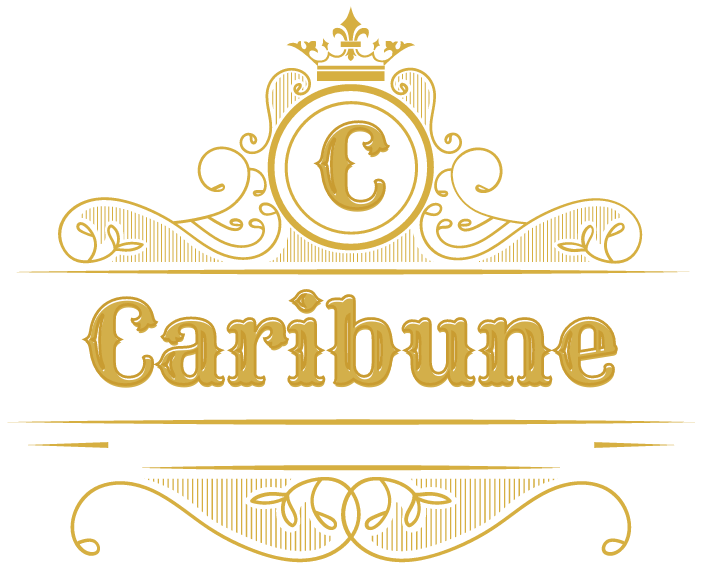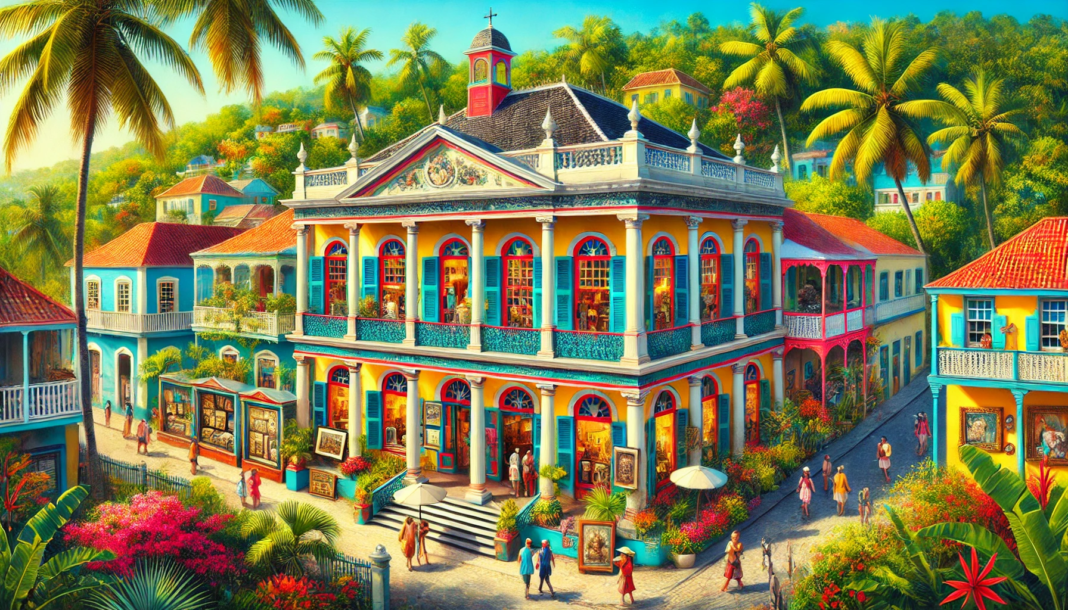The Caribbean is a region rich in history, culture, and heritage, shaped by a complex blend of indigenous, African, European, and Asian influences.
This diverse past is preserved and showcased in numerous historical museums across the islands, offering visitors a chance to explore the region’s unique legacy.
These museums house collections of artifacts, documents, and exhibits that tell the stories of colonization, slavery, resistance, and cultural fusion.
This article highlights some of the most notable historical museums in the Caribbean, providing an overview of their significance and key exhibits.
The Importance of Historical Museums in the Caribbean
Historical museums in the Caribbean play a crucial role in preserving the region’s diverse heritage. They serve as educational centers, offering insights into the historical events and cultural dynamics that have shaped the Caribbean.
These museums often highlight the struggles and triumphs of the local populations, including the indigenous peoples, African slaves, European colonizers, and later migrants. By showcasing these histories, museums contribute to a deeper understanding and appreciation of the Caribbean’s unique identity.
Notable Historical Museums in the Caribbean
1. Museum of History and Ethnography, Trinidad and Tobago
Location: Port of Spain, Trinidad
Overview: Housed in the historic Red House building, the Museum of History and Ethnography provides a comprehensive look at Trinidad and Tobago’s cultural history. The museum’s collections cover the pre-Columbian era, colonial period, and post-independence developments.
Key Exhibits:
- Indigenous Artifacts: Displays include pottery, tools, and ceremonial objects from the island’s indigenous peoples.
- Colonial Era: Exhibits feature items from the Spanish, French, and British colonial periods, including documents, clothing, and household items.
- Cultural Heritage: The museum highlights the diverse cultural influences in Trinidad and Tobago, including African, Indian, and Chinese traditions.
Ideal For: History buffs, cultural enthusiasts, and those interested in the diverse heritage of Trinidad and Tobago.
2. National Museum and Art Gallery, Jamaica
Location: Kingston, Jamaica
Overview: The National Museum and Art Gallery is Jamaica’s premier cultural institution, showcasing the island’s rich history and artistic heritage. The museum offers a range of exhibits that explore Jamaica’s past, from the Taino indigenous people to the present day.
Key Exhibits:
- Taino Artifacts: The museum’s collection includes stone carvings, pottery, and tools from the island’s first inhabitants.
- Slavery and Emancipation: Exhibits detail the history of slavery in Jamaica, including documents, shackles, and personal stories of slaves and their descendants.
- Cultural Contributions: The museum also features Jamaican art, music, and dance, highlighting the island’s vibrant cultural scene.
Ideal For: Art lovers, history enthusiasts, and anyone interested in Jamaican culture.
3. Barbados Museum and Historical Society
Location: Bridgetown, Barbados
Overview: Located in the historic Garrison area, the Barbados Museum and Historical Society is dedicated to preserving and interpreting the island’s history. The museum is housed in a former British military prison and features a range of exhibits covering various aspects of Barbadian history.
Key Exhibits:
- Pre-Columbian Artifacts: Displays include pottery and tools from the island’s indigenous peoples.
- Colonial History: The museum covers the British colonial period, showcasing military artifacts, maps, and documents.
- Social History: Exhibits explore the island’s social history, including the impact of slavery, the plantation system, and the road to independence.
Ideal For: Visitors interested in Barbadian history and the island’s colonial past.
4. Museo de las Casas Reales, Dominican Republic
Location: Santo Domingo, Dominican Republic
Overview: The Museo de las Casas Reales, or Museum of the Royal Houses, is one of the most important historical museums in the Dominican Republic. Located in the heart of the Colonial Zone, the museum is housed in a historic building that once served as the headquarters of the Spanish colonial government.
Key Exhibits:
- Colonial Artifacts: The museum’s collection includes furniture, weapons, and maps from the colonial period.
- Indigenous Heritage: Exhibits feature Taino artifacts, including pottery, tools, and jewelry.
- Colonial Administration: The museum explores the administration of the Spanish colonies, including the role of the audiencia (court) and the governor.
Ideal For: History enthusiasts, students, and anyone interested in the colonial history of the Dominican Republic.
5. Museo de Arte de Ponce, Puerto Rico
Location: Ponce, Puerto Rico
Overview: Although primarily an art museum, the Museo de Arte de Ponce also houses important historical collections. The museum’s architecture itself is a testament to Puerto Rico’s cultural history, and its collections include works that reflect the island’s rich artistic heritage.
Key Exhibits:
- European Masterpieces: The museum boasts a collection of European paintings, including works by Velázquez, Rubens, and Gainsborough.
- Puerto Rican Art: The museum also showcases Puerto Rican art, offering insights into the island’s cultural evolution.
- Historical Artifacts: The museum’s historical section includes artifacts related to Puerto Rico’s history and colonial past.
Ideal For: Art aficionados and those interested in the intersection of art and history.
6. National Museum, Haiti
Location: Port-au-Prince, Haiti
Overview: The National Museum of Haiti, also known as the Musée du Panthéon National Haïtien (MUPANAH), is a key institution for understanding Haitian history and culture. The museum is dedicated to the country’s revolutionary past and its cultural achievements.
Key Exhibits:
- Revolutionary History: The museum features exhibits on the Haitian Revolution, including artifacts from key figures like Toussaint Louverture and Jean-Jacques Dessalines.
- Cultural Heritage: Displays include Haitian art, religious objects, and traditional crafts.
- Colonial Artifacts: The museum also houses items from Haiti’s colonial period, offering a comprehensive view of the island’s history.
Ideal For: Those interested in the history of Haiti, the Haitian Revolution, and Caribbean culture.
Conclusion
The Caribbean’s historical museums offer a window into the region’s rich and diverse past. These institutions preserve and celebrate the unique cultural heritage of each island, providing invaluable insights into the history, art, and traditions of the Caribbean. Whether you’re a history buff, a cultural enthusiast, or simply curious about the region’s past, visiting these museums offers a deeper understanding and appreciation of the Caribbean’s complex and vibrant history.
FAQs
What can I expect to see in a Caribbean historical museum?
Caribbean historical museums typically feature exhibits on the region’s indigenous peoples, colonial history, slavery and emancipation, cultural traditions, and art. They may also include artifacts, documents, and personal stories that highlight the unique heritage of each island.
Are guided tours available in Caribbean historical museums?
Many Caribbean historical museums offer guided tours, either as part of the admission fee or for an additional cost. These tours are often led by knowledgeable guides who provide in-depth information about the exhibits and the history they represent.
Are Caribbean historical museums suitable for children?
Yes, many Caribbean historical museums are family-friendly and offer exhibits and activities suitable for children. Some museums have interactive displays or educational programs designed to engage younger visitors.
How do Caribbean museums preserve their collections?
Caribbean museums use a variety of methods to preserve their collections, including climate-controlled storage, conservation treatments, and careful handling protocols. Many museums also digitize their collections to ensure long-term preservation and accessibility.
Can I take photographs in Caribbean historical museums?
Photography policies vary by museum. Some museums allow photography without flash, while others may prohibit it altogether. It’s best to check the museum’s policy upon arrival or consult their website for specific guidelines.

